WHAT IS THE FUTURE?
Instagram has developed into a potent tool for connecting with customers for both individuals and companies. However, producing interesting and visually appealing material can take a lot of effort. It’s a good thing that Canva has templates to make things easier.
Canva is a fantastic free visual design tool that provides a huge selection of templates for Instagram posts, stories, and even advertisements. You don’t have to be an expert in graphic design to make material that looks great with Canva.
Let’s explore some of the top Canva templates that will elevate your Instagram game:
1. AI & Automation
Artificial Intelligence is quickly becoming dominant in the business industry. Already it is taking over many simple jobs (communication, product recommendations, email personalisation, just to name a few), and it will continue to in the near future.
According to Techgrabyte…
“Artificial intelligence is the biggest commercial opportunity for companies, industries, and nations over the next few decades” and “will increase global GDP by up to 14% between now and 2030,” which means that “AI latecomers will find themselves at a serious competitive disadvantage within the next several years.”
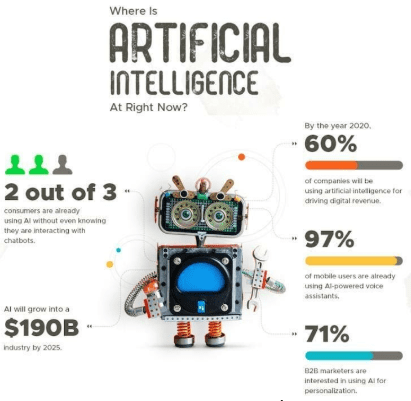
So, it is important for all industries, but particularly digital marketers, to become familiar with AI, and start implementing it in their everyday tasks. The top reasons for adopting AI in an organisation has been concluded to the following responses:
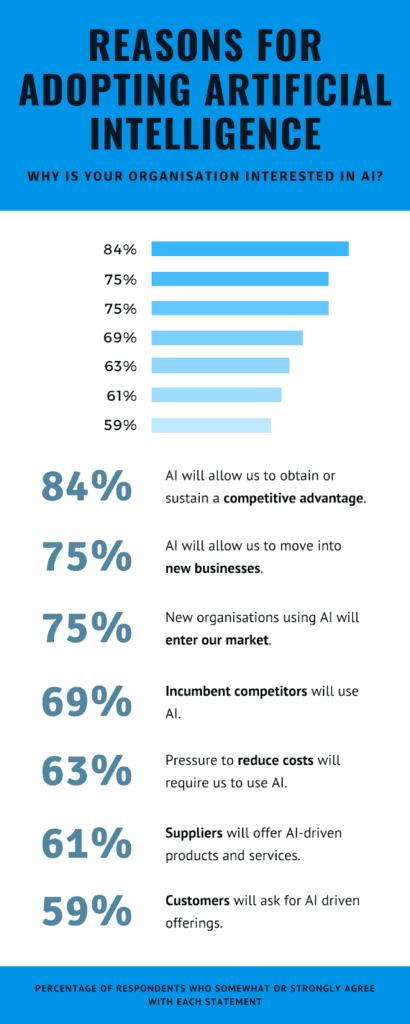
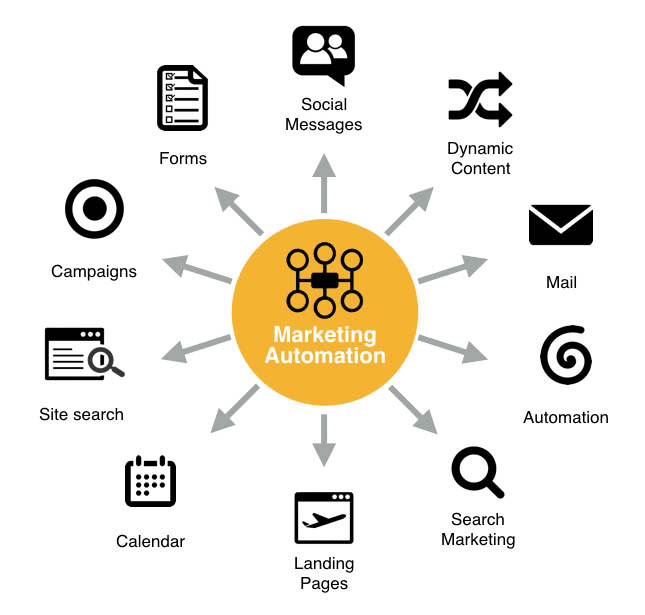
Overall, AI is something businesses can no longer ignore in their everyday operation. Businesses who do adopt AI in 2021 will be able to accelerate growth, significantly reduce staffing costs, and get an edge over their competitors.
Automation, on the other hand, is not new within the marketing industry. But it is becoming more crucial to use in campaigns, because why not?
The key is to know when to use it, and when not to use it. In the long-term, there is no doubt that automation will bring significant benefits to marketers, but we are currently in the short-term.
We need to be sensible in deciding when machines can do things more efficiently, and when technology won’t understand the complexities of a particular campaign.
2. Social Commerce/Shoppable Posts
Initially, social media was a place for businesses to connect with their consumers, showcase their products/services, and build upon their brand image. But, there was no way to get social media followers to a brand’s online store through those platforms.
Now, there is. And whilst shoppable posts aren’t exactly new in 2021, they are gaining more and more traction.
For those who are unfamiliar with the concept, social commerce is when consumers buy products directly through social media posts/ads, without having to leave the app.
With 54% of shoppers using social media to research product purchases, it just makes sense.
The goal?
To create less steps for your consumers, and decrease the chances of sales abandonment.

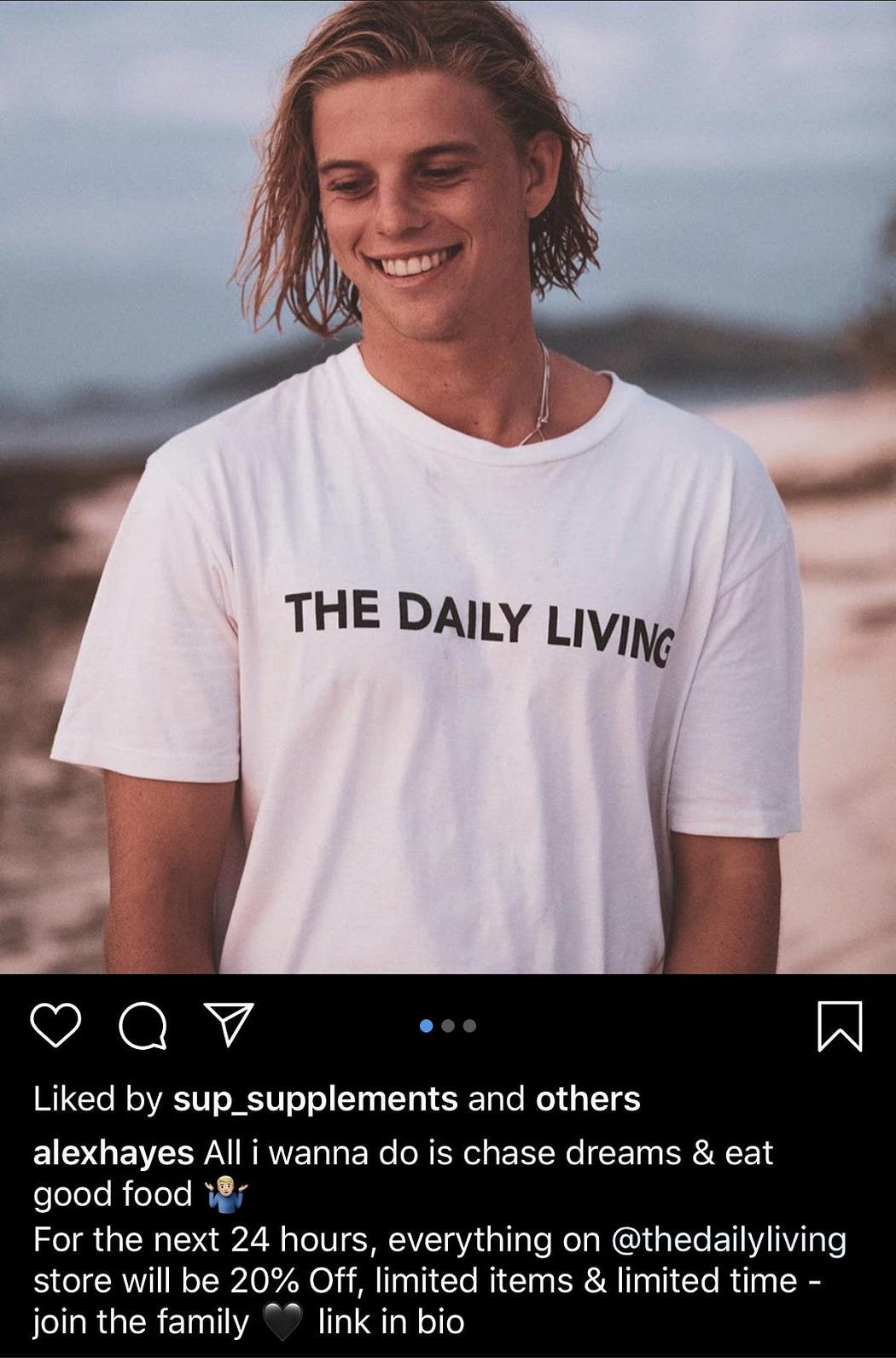
3. Micro-influencers
Influencer marketing is not a new concept. We’re all familiar with it, and it’s a great way to market your products to consumers through someone they trust. But, because it has been so successful, it has become VERY expensive to market this way, particularly for small- to medium-sized businesses.
As a result, micro-influencer marketing has been born. The term micro-influencer refers to medium-sized influencers (around 30,000 followers) with niche areas, that are popular enough to be influential but are not loaded with sponsorships.
The benefit of using micro-influencers is that they have a better engagement rate. This may sound strange but think about it. They have fewer followers, who are following because of a particular niche area. This means that micro-influencers can dedicate more time to each follower, and generate content that is extremely relevant to their audience.
4. Niche social media channels
Alternative social media channels, such as Snapchat, Pinterest and Reddit, are seeing optimistic growth levels. While platforms such as Facebook and Twitter are still useful today, there is a slight shift of power occurring.
Even though these platforms aren’t widely used now, it isn’t a bad thing. They will continue to grow in interest, and if you’re a niche brand, these platforms are better at reaching your target audience.
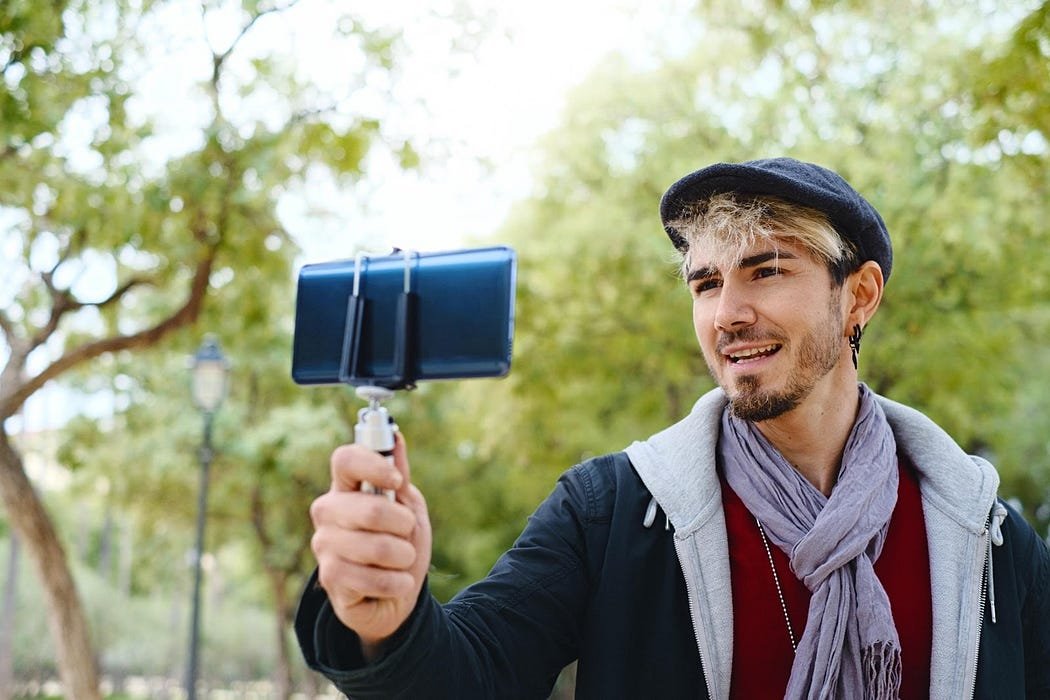
5. Vlogging
Vlogging — the video blog every business NEEDS to include in their content.
Vlogging is more popular THAN EVER. This is because it is personal, direct, and has the ability to empathise with your audience to a greater level.
THIS FORGES STRONG RELATIONSHIPS WITH YOUR CUSTOMERS!
As well as being personal, vlogs can be practical within your marketing strategy. You have the ability to live-stream special business events, share a post of your business conference, or shoot a BTS video. All of these assists in creating a strong brand image, solid business-to-customer relationships, and greater engagement from your target audience.
6. Personalisation
Personalisation has never been easier.
That being said, businesses are not taking advantage of this incredible in-depth knowledge we now have access to. Businesses, even small ones, will no longer be able to succeed in their industry without tailoring their approach, especially considering that 80% of consumers are more likely to do business with a company if it offers personalised experiences.
You only have to look at the example of Cadbury, who created a personalised video campaign to match a Dairy Milk flavour with users, based on data from their Facebook profile (age, interest, location, etc). The campaign generated a 65% click-through rate and a 33.6% conversion rate, proving that personal touch works.
I guess it’s safe to say the days of generic, mass-generated content are OVER.

7. Google’s Gallery Ads
Calling all travellers, foodies, and fitness gurus. This is one you are not going to want to miss!
Images are VITAL in marketing to a consumer. They are fundamental to our human nature. After all, we are visual creatures.
Luckily, Google has upped their game, and are going to launch Gallery Ads in the early part of 2021. These gallery ads are Google’s equivalent to Facebook carousel ads. These ads will only appear on MOBILE devices, and they will merge the best parts of search and display into one magnificent advertisement. When someone searches for your product/service, you will be able to show up to 8 images, along with a description and headline. Oh, how times are changing.
Good news if you’re a business that relies on visually appealing images to convert potential customers into existing customers.

8. Voice Search
Whilst voice search is something that has been around for a while (9 YEARS!), it is only NOW becoming less of a novelty and more of a necessity. With an estimated 30% of Australians owning a voice-enabled device in 2021, voice search has never been so important.
Taking that into account, as well as the fact that over 50% of the searches in 2021 will be from voice search (according to ComScore), consumers expect to be using voice search FAR MORE in the future.
So, what does this mean for marketers?
Well, optimising your digital marketing content for voice search is the best thing you can do. While it is still in its early stages still, voice search is something that needs to be seriously considered when devising all digital campaigns from now on. AI is getting smarter by the day, and voice assistants (like Alexa and Siri) are significantly reducing their number of errors.
In the words of the Digital Marketing Institute…
“Adopting a voice search strategy isn’t just about remaining relevant — it’s also about creating a unique and optimized customer experience that will foster relationships and build brand loyalty.”
The key to voice search…
For voice technology, marketers need to remember to write in a conversational tone, and think about the keywords that consumers will SPEAK, rather than type.
The most important thing for companies to realise is that this is NOT another channel to bombard consumers with messaging and sales. It is a UNIQUE approach that marketers can develop to foster consumer interaction, and a more connected brand experience.
9. Chatbots
Chatbots, while kind of old news, will continue to play an important role in digital marketing during 2021. Surveys have shown that 80% of businesses want chatbots in 2021, and by 2022, chatbots will help businesses save $8 billion EVERY YEAR. That is quite the statistics for AI-based technology.
From the customer point of view, interacting with chatbots is far easier, as they are responsive 24/7, they give accurate and prompt answers, and they never lose patience.
So…
I guess the thing for businesses to consider in 2021 is…do you want to use AI technology to your advantage? It will keep your customers happy and allow you to focus on more important work. I know what I would be saying right now…SIGN ME UP!
10. Visual Search
This is taking search to a WHOLE NEW LEVEL.
People will actually be able to upload an image to conduct a search.
As well as this Google image search, both Pinterest and Google have introduced lens, a visual tool that allows users to take a picture of an item/object/landmark to find out things about it (where to find it online, similar items, etc).
Pinterest Lens turns your phone’s camera into a search bar. The top search categories for Pinterest’s lens are fashion, home décor, art, food, products, and beauty.
For Google’s Lens, objects AND landmarks can be recognised. Here’s a list of what you can do when you take a photo of the following items:
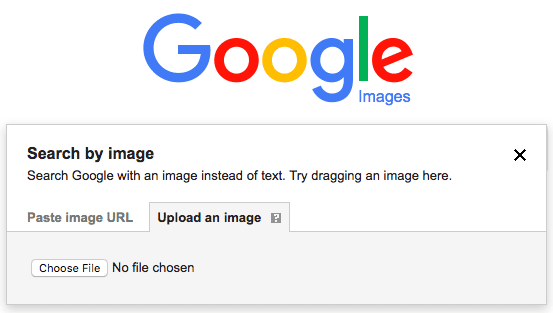
- Apparel and home goods: Find similar products and where to buy them.
- Barcodes: Use a barcode to find info about a product, like where to buy it.
- Business card: Save the phone number or address to a contact.
- Book: Get a summary and read reviews.
- Event flyer or billboard : Add the event to your calendar.
- Landmark or building: See historical facts, hours of operation, and more.
- Painting in a museum: Read about the artist and learn more.
- Plant or animal: Learn about species and breeds.
11. Neuromarketing
Last, but definitely not least, this digital marketing trend isn’t upon us yet, but it is quickly becoming a viable tool for marketers to use in the VERY near future.
For those of you who may not know (including ME), neuromarketing is essentially analysing measurements of a person’s brain activity to determine which types of content are ENGAGING to them.
This means creating marketing materials (such as your website, email campaigns, social content, ads, etc) to induce specific neurological reactions in your target consumer. This information of triggered emotions/responses can be used by marketers to adjust strategies and optimise their content appropriately, hence improving their marketing effectiveness.
A neuroanalytics company that is a leader in this domain is SPARK Neuro. They utilise biometrics, neurometrics, and complex algorithms, to measure emotion and attention levels. This then allows marketers to adjust their advertising and entertainment, assisting them in figuring out what content to concentrate their efforts on, and what to avoid.
Wrapping it ALL up
So, there it is — the future of digital marketing.
Remember, there are things not mentioned on this list that will continue to remain important. These include, but are not limited to:
Interactive Email Marketing
Paid and Organic Search
Social channels such as Instagram, Facebook, and LinkedIn.
As anyone in digital marketing will know, change is an integral, and inevitable, part of the job. Make sure you are keeping up to date with the latest trends in order to be a leader in your business’s industry.
Do you agree with our list? We’d love to hear what your thoughts are on these latest trends in the comment section below.
